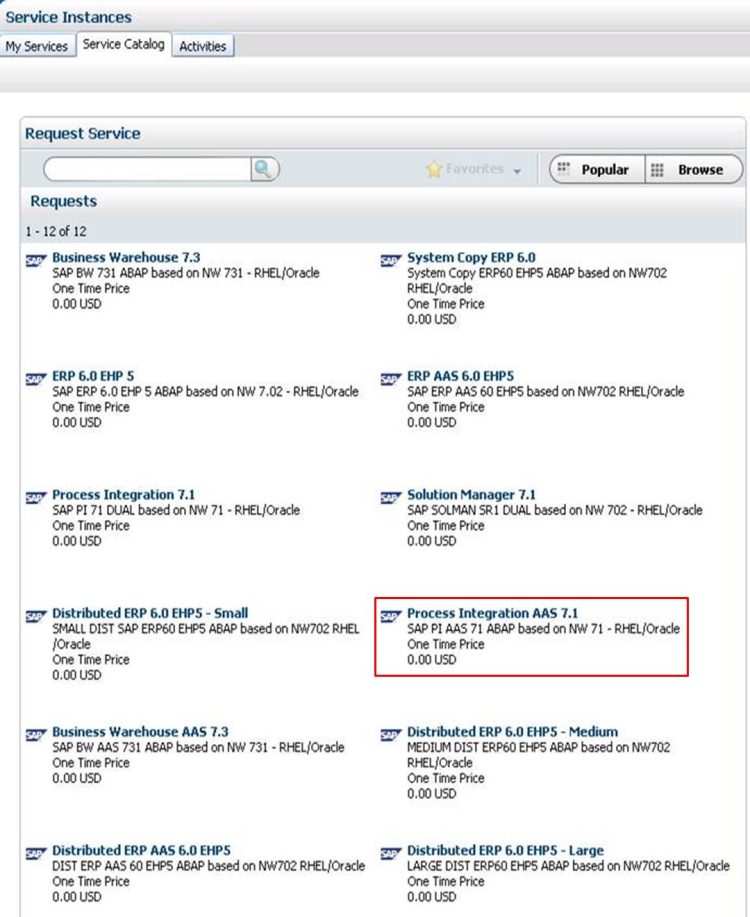Section 1: The Integration of USD Support

NVIDIA, a leading technology company known for its graphics processing units (GPUs), has recently made waves in the 3D animation industry with its collaboration with Blender, an open-source 3D animation tool. This partnership has resulted in the integration of Universal Scene Description (USD) support into Blender, allowing artists to access Omniverse production pipelines [3]. With this development, NVIDIA aims to expand its metaverse for engineers and provide millions of Blender users with enhanced capabilities for creating stunning 3D animations [3]. In this article, we will delve into the details of NVIDIA’s collaboration with Blender and explore the implications it holds for the future of 3D animation.
The Integration of USD Support
Blender’s integration of USD support is a significant milestone for both the software and the 3D animation industry as a whole. USD, developed by Pixar, is an open-source framework that enables efficient interchange of 3D assets between different software applications [3]. By incorporating USD support, Blender users gain access to Omniverse production pipelines, which offer a collaborative and scalable environment for creating and rendering complex 3D scenes [3]. This integration opens up new possibilities for artists, allowing them to seamlessly work with assets from other software applications and take advantage of NVIDIA’s advanced rendering capabilities.
The Benefits of NVIDIA GPUs in Blender
NVIDIA GPUs have long been recognized for their exceptional performance in rendering complex 3D scenes. With the integration of USD support in Blender, NVIDIA GPUs can now be fully utilized to enhance the rendering process. Blender users can leverage the power of NVIDIA GPUs to achieve faster render times and more realistic visual effects [1]. The CUDA technology, supported by NVIDIA GPUs, enables parallel processing and accelerates rendering tasks, resulting in significant time savings for artists [1]. Additionally, NVIDIA’s RTX technology, which incorporates real-time ray tracing capabilities, allows for more accurate lighting and reflections in 3D scenes [1]. These advancements in GPU technology, coupled with Blender’s integration of USD support, provide artists with a powerful toolset for creating visually stunning animations.
The Implications for the 3D Animation Industry
The collaboration between NVIDIA and Blender has far-reaching implications for the 3D animation industry. By integrating USD support into Blender, NVIDIA has effectively expanded its metaverse for engineers, providing millions of Blender users with access to Omniverse production pipelines [3]. This integration fosters collaboration and enables artists to work seamlessly across different software applications, streamlining the production process and enhancing creativity. Furthermore, the availability of NVIDIA’s advanced rendering capabilities within Blender empowers artists to push the boundaries of their creativity and deliver high-quality animations that were previously only achievable with specialized software [2]. This democratization of advanced rendering technology has the potential to revolutionize the way 3D animations are created and opens up new opportunities for artists around the world.
The Future of NVIDIA and Blender Collaboration
The collaboration between NVIDIA and Blender is just the beginning of a promising partnership. As both companies continue to innovate and push the boundaries of 3D animation technology, we can expect further advancements in the integration of NVIDIA GPUs and Blender’s capabilities. The integration of real-time ray tracing, powered by NVIDIA’s RTX technology, has already revolutionized the way lighting and reflections are rendered in 3D scenes [1]. Looking ahead, we can anticipate even more sophisticated features being incorporated into Blender, enabling artists to create immersive and realistic virtual worlds. The partnership between NVIDIA and Blender holds immense potential for the future of 3D animation, and we eagerly await the exciting developments that lie ahead.
Conclusion:
The collaboration between NVIDIA and Blender marks a significant milestone in the 3D animation industry. By integrating Universal Scene Description (USD) support into Blender, NVIDIA has expanded its metaverse for engineers and provided millions of Blender users with enhanced capabilities for creating stunning 3D animations [3]. The integration of NVIDIA GPUs and advanced rendering technologies into Blender empowers artists to push the boundaries of their creativity and deliver high-quality animations [1]. This partnership has far-reaching implications for the industry, democratizing advanced rendering technology and opening up new opportunities for artists worldwide [2]. As the collaboration between NVIDIA and Blender continues to evolve, we can expect further advancements that will shape the future of 3D animation.






